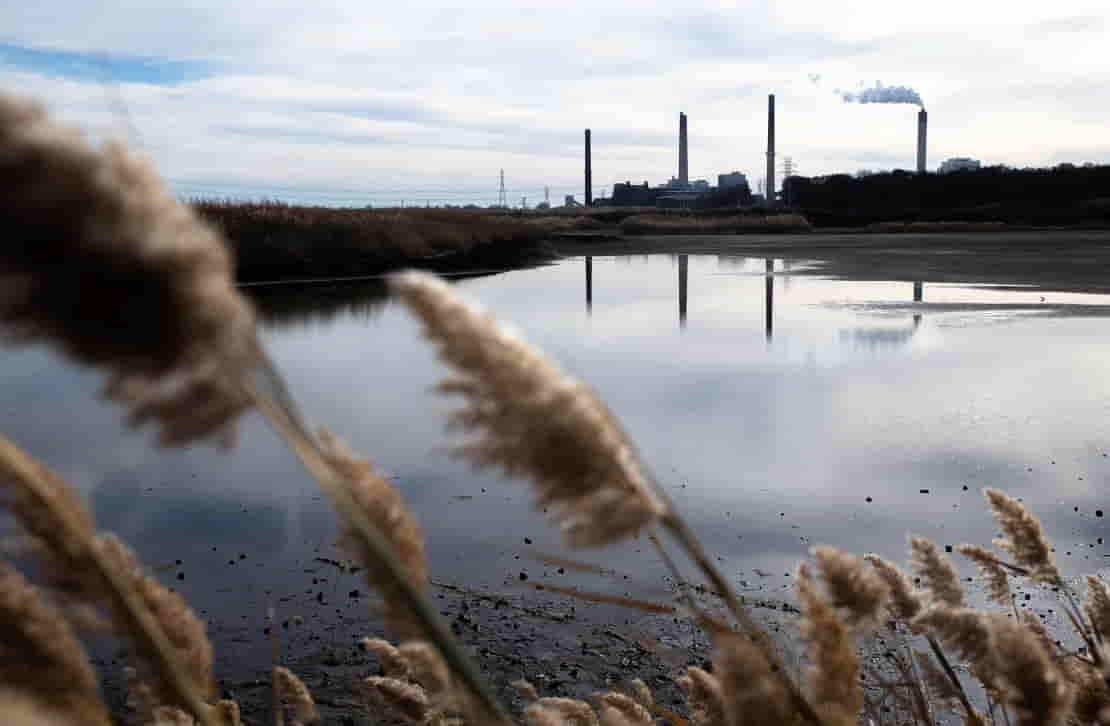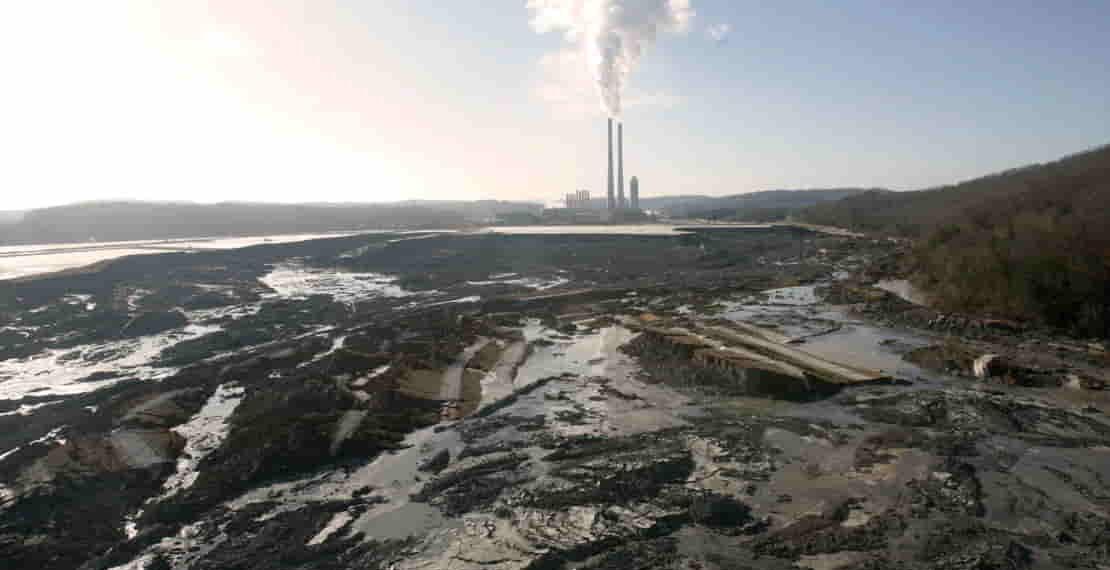Scientists Discover Rare Metals for Clean Energy Hidden in Toxic Coal Waste
Millions of tons of coal ash, a hazardous byproduct of burning coal, are sitting in ponds and landfills across the United States. Known for polluting waterways and soil, this waste could also hold a surprising treasure: rare earth elements essential for clean energy technologies.
A Hidden Treasure in Coal Ash
Researchers from the University of Texas at Austin analyzed coal ash from power plants nationwide and found up to 11 million tons of rare earth elements embedded within it. This amount is nearly eight times the known domestic reserves of rare earths in the U.S., with an estimated market value of $8.4 billion.
“This discovery is a prime example of turning ‘trash into treasure,’” said Bridget Scanlon, a study co-author and research professor. “By recovering resources from waste, we can close the loop and reduce the need for new mining.”
What Are Rare Earth Elements?
Rare earth elements, such as scandium, neodymium, and yttrium, are crucial for clean technologies like electric vehicles, solar panels, and wind turbines. Despite their name, these metals are not rare but challenging to extract due to their dispersion in ore. As global demand for clean energy grows, the need for rare earths is expected to increase sevenfold by 2040, according to the International Energy Agency.

The U.S. Rare Earth Dilemma
Currently, the U.S. relies heavily on imports, sourcing over 95% of its rare earth elements from China. With only one large-scale domestic mine, Mountain Pass in California, this dependence creates significant supply chain vulnerabilities.
To address this, researchers are exploring unconventional sources like coal ash. Around 70 million tons of coal ash are produced annually in the U.S., with vast stockpiles readily available for extraction. “We need to diversify our sources, and coal byproducts offer a promising alternative,” Scanlon told CNN.
Challenges in Extraction
Extracting rare earth elements from coal ash is complex and costly. Concentrations in coal ash are lower than in traditional ore, and the process requires strong acids and bases, which are expensive and carry environmental risks. For instance, coal ash from the Appalachian Basin contains the highest levels of rare earths, but only 30% can be extracted. Meanwhile, ash from the Powder River Basin has lower concentrations but allows for over 70% extraction.
Paul Ziemkiewicz, director of the Water Research Institute at West Virginia University, noted that the extraction process could also increase environmental impacts due to the additional chemicals required. Moreover, coal ash contains toxic substances like mercury, arsenic, and lead, making it a risky material to handle.
Turning Waste into Value
Despite these challenges, the potential value of rare earth extraction could offset the costs of safer coal ash storage and management. In April, the Biden administration allocated $17.5 million to projects aimed at extracting rare earths from coal waste. Energy Secretary Jennifer Granholm emphasized that these efforts would bolster national security, revitalize manufacturing, and support mining communities.

A Sustainable Approach
Some critics worry that monetizing coal ash could incentivize continued coal use, but researchers stress that their focus is on legacy waste. The Department of Energy estimates over 2 billion tons of coal ash are already stored across the U.S. “There’s no indication this will promote coal power,” a DOE spokesperson said.
The broader goal, according to Scanlon, is to find sustainable ways to extract multiple valuable materials from coal waste without burning it, transforming a toxic liability into a resource for a greener future.
This article was rewritten by JournosNews.com based on verified reporting from trusted sources. The content has been independently reviewed, fact-checked, and edited for accuracy, neutrality, tone, and global readability in accordance with Google News and AdSense standards.
All opinions, quotes, or statements from contributors, experts, or sourced organizations do not necessarily reflect the views of JournosNews.com. JournosNews.com maintains full editorial independence from any external funders, sponsors, or organizations.
Stay informed with JournosNews.com — your trusted source for verified global reporting and in-depth analysis. Follow us on Google News, BlueSky, and X for real-time updates.













